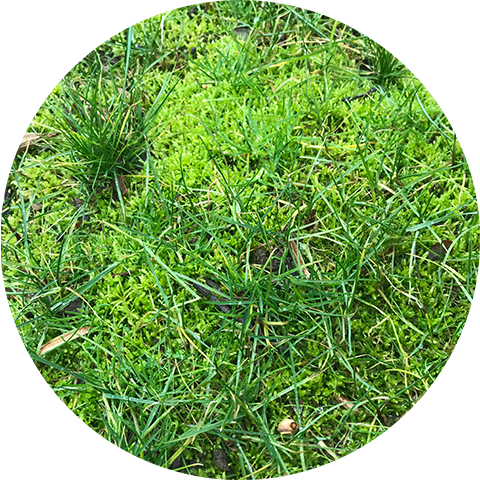
The Pain of Wild Violets
Killing and Removing Wild Violets
Controlling wild violets in the lawn is one of the most difficult tasks for homeowners. Wild violets are perennials (return every year) that can take over a lawn in a few seasons if left untreated. They are usually first noticed in late spring/early summer. Virginia Green treats for wild violets, and if we’ve been working with you for some time, we have likely reduced their numbers. However, it might take 3+ years to rid your lawn of wild violets.
Japanese Beetles in Virginia
Japanese beetles were first found in New Jersey in 1916 and have spread from Maine to the Carolina’s. The Japanese beetle has been well established in Virginia since the early 1970’s. The Japanese beetle can be found throughout Virginia and populations are dependent on soil type, soil moisture, and host plants.
Is My Lawn Care Company using Organic Fertilizer and Pesticides?
Recently in the Richmond area, there has been an introduction of another “Organic Lawn Care Company” offering an organic solution to reduce fertilizer and pesticide usage. This approach has been around for years, but don’t think for a minute these companies are out shoveling fertilizer out of hog houses in Smithfield or chicken houses on the Eastern Shore of Virginia and applying these “organic fertilizers” to your lawn, they are using the same fertilizers and pesticides to provide services traditional lawn care companies utilize.
How to Remove Moss
Moss can become prevalent in Virginia’s lawns during times of wet weather. Moss are non-vascular plants typically found in moist, shaded areas with poor airflow. Lacking seeds and flowers, they reproduce via spores. The weed control applications contained in Virginia Green’s programs will not help eradicate moss.

Moles In Lawns
What are moles?
Moles are burrowing mammals often inhabiting residential lawns. They are especially common around wooded lots and natural areas. Tunneling tears the roots of turf potentially causing extensive damage. However, moles benefit the soil by being natural aerators. These animals are insectivores, with earthworms being their main food source.
How to Prevent Weeds From Growing in Your Mulch Bed
Nobody likes to pull weeds. While some weeds will inevitably germinate and need to be sprayed or pulled, a few simple things can be done to prevent these issues.
Have You Seen Any Inchworms Lately?
What are these small green worms in my trees?
The small green worms you find in your trees are called cankerworms or inchworms. Cankerworms overwinter as eggs in the top of shade trees and typically hatch at the end of March and early April.
What do inchworms look like?
Cankerworms can be green, brown or brown with a black stripe. They are called inchworms because of the peculiar movement they do.
What Happens When Tree and Shrubs Bloom Early?
People aren’t the only ones affected by warm temperatures during the winter months, trees and shrubs are too. So, what does this mean for our plants long term?
What if plants are in bloom during a cold snap?
The buds or bloom can get frozen, but this depends on whether the buds are open or closed when a freeze happens. The damage will be greater when the flowers are open during a freeze. There are some flowers that will be okay during the cold like daffodils. However, other flowers will be zapped by the cold or start to fade away.
What is that Grayish Green or Sometimes Yellowish Stuff on the Bark of My Trees?
Lichen on the Bark of My Tree
What is that grayish green or sometimes yellowish stuff on the bark of my trees?
The stuff that is often found on the bark of trees is lichens. They are unique and harmless, but some consider them to be unsightly. So, what are lichens and what is the treatment for them?
What are lichens?
Lichens on trees are a symbiotic relationship between fungus and algae. The fungus grows on the tree bark and collects moisture, which the algae need. The algae then create food from the sunlight to feed the fungus.
What is This Giant Weed in My Lawn?
Wild Onions or Star-Of-Bethlehem. What is this giant weed in my lawn?
This giant, interesting looking weed is called Star-of-Bethlehem. They are perennial weeds (return every year), in the lily family, which grow from a bulb. It may look eerily similar to wild onions or wild garlic that you will see on the lawn around the same time of year.
